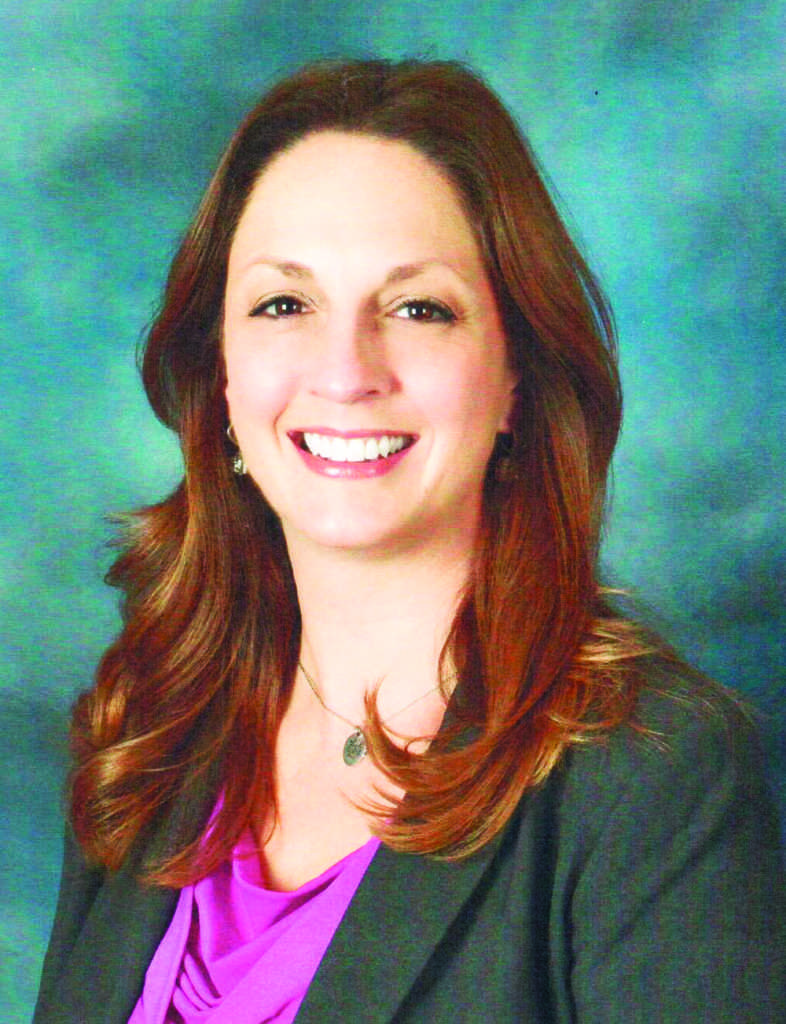Development of the Forensic Research Outdoor Station (FROST) continued over winter break with the completion of the exterior of the facility and extensive donor paperwork, along with the first study of a dead deer, which began at the end of last week.
They will be studying the freeze-thaw cycle of the deer, along with a study of active arthropods under the carcass in snowy conditions said Jane Wankmiller, director of FROST.
“We have some trail cameras set up to watch [the deer] so we’ll be monitoring whether it’s attracting any scavengers and monitoring its decomposition the same way we monitor our human donors,” said Wankmiller.
By May of 2018, the construction of the entire facility should be completed, said Wankmiller. After completion, the human remains will be placed outside, she said.
The deer study is the first big achievement for the facility, said junior Abby Mier, an environmental science major who has been participating in the development of the facility.
“It’s always a big step to start research, and starting it here with FROST feels like standing on a big mountain. There are so many opportunities,” Mier said.
Along with the first stages of research beginning, Wankmiller completed development for the future osteology course—a course that will be required for students interested in working in the FROST.
“We’ve been able to order some really high quality casts that we’ll be able to teach from, and we’re working with Western Michigan University to essentially borrow one of their skeletons from one of their donors,” Wankmiller said.
So far, one student has gone through the course although it’s not yet open to the public, she said.
A forensic and physical anthropology course will be offered along with the osteology class in the future for students interested in the new forensic anthropology major, all of which is still in development. The major will be offered in a few years, but does not have an official timeline toward completion.
A Forensic Investigation Summer Program will be held this summer for students in grades 9 through 11 looking to get educated in crime scene investigation, forensic science techniques and ways to analyze evidence, said Wankmiller. Forensic art classes will also be offered to those interested in sketching for crime investigators.
“This is a great opportunity to promote interest in young people,” said Mier. “So many people don’t know what they want to do when they grow up, and this provides some ideas.”

























